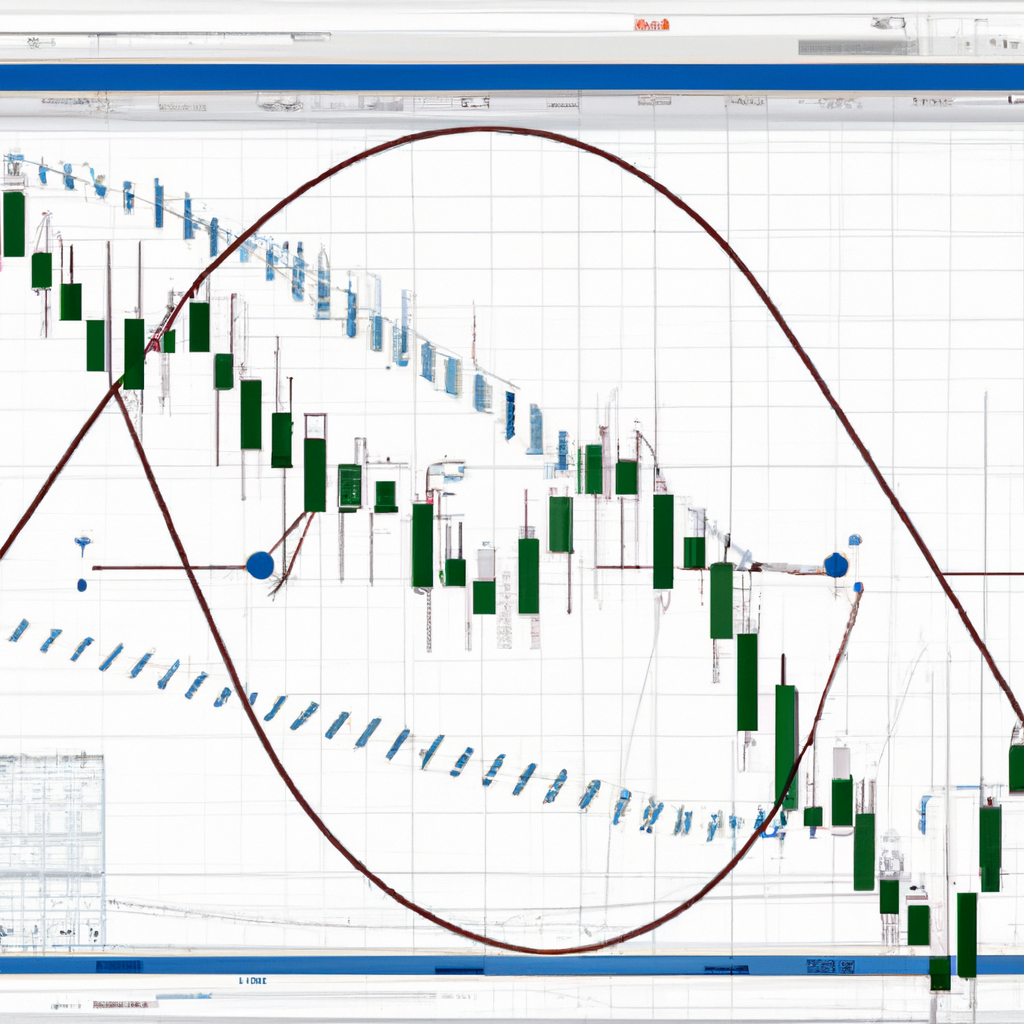Fibonacci Trading with Extensions
Introduction
Fibonacci trading is a popular technical analysis tool used by traders to identify potential price levels in financial markets. The Fibonacci sequence, a series of numbers in which each number is the sum of the two preceding ones, is used to create ratios that can be applied to market movements. In addition to retracements, Fibonacci extensions are another powerful tool that can help traders identify potential profit targets. In this article, we will explore the concept of Fibonacci extensions and how they can be used in trading.
Understanding Fibonacci Extensions
Fibonacci extensions are levels beyond the standard retracement levels that traders use to determine potential price targets. These extensions are derived from the Fibonacci sequence and are calculated by multiplying the length of the initial price move by various Fibonacci ratios, such as 1.618 (also known as the golden ratio) and 2.618.
Identifying Potential Fibonacci Extensions
To identify potential Fibonacci extensions, traders need to first identify a significant price move in the market. This can be a strong uptrend or downtrend. Once the initial move is identified, traders can then apply the Fibonacci extension levels to project where the price may potentially reach.
Steps for Applying Fibonacci Extensions
1. Identify the significant price move: Look for a strong and clear uptrend or downtrend in the market. This move will serve as the basis for applying Fibonacci extensions.
2. Measure the length of the initial move: Use a charting platform or software to measure the length of the initial move. This can be done by selecting the starting point and the ending point of the move.
3. Apply Fibonacci extension levels: Once the length of the initial move is determined, apply the Fibonacci extension levels to the chart. The most commonly used levels are 1.618 and 2.618, but other ratios like 0.618 and 4.236 can also be used.
4. Identify potential price targets: The Fibonacci extension levels will provide potential price targets for the market. These levels can be used to determine where to take profits or set stop-loss orders.
Using Fibonacci Extensions in Trading
Fibonacci extensions can be used in various trading strategies. Here are a few examples:
1. Profit targets: Traders can use Fibonacci extensions to identify potential profit targets for their trades. By setting profit targets at these levels, traders can take profits when the price reaches the projected extension level.
2. Stop-loss placement: Fibonacci extensions can also be used to set stop-loss orders. By placing stop-loss orders slightly beyond the Fibonacci extension levels, traders can protect their positions in case the market moves against them.
3. Confirmation of trend reversal: When a market reaches a Fibonacci extension level, it can act as a potential reversal point. Traders can look for additional technical indicators or price action patterns to confirm a trend reversal and enter trades accordingly.
Conclusion
Fibonacci extensions are a valuable tool in a trader’s arsenal for identifying potential price targets and managing risk. By understanding the concept of Fibonacci extensions and how to apply them, traders can gain insights into potential profit targets and make informed trading decisions. However, it is important to remember that Fibonacci extensions are not foolproof and should be used in conjunction with other technical analysis tools for better accuracy.

